As dedicated growers, we employ various techniques to ensure optimal yields when harvesting our crops. One such technique is pruning, which involves cutting, bending, or tying the marijuana plant to manipulate its growth and produce more abundant and superior buds. In this article, we will explore two effective pruning methods.
For indoor cultivation, pruning should occur 10 to 15 days before initiating the flowering stage. Outdoor growers, on the other hand, should start pruning a few weeks before the expected flowering period.
Tall plants often squander valuable nutrients and energy as they distribute water through their lengthy stems. Instead of allowing your plant to waste energy on a weak and elongated stalk, pruning redirects that energy towards the growth of large, robust buds.
Pruning should not be haphazardly approached by randomly removing leaves and branches. It requires careful planning to stimulate branching, as the ends of the branches are where the largest buds develop. One effective method of pruning is called topping, which involves cutting off the top shoot of the plant. To apply this method, allow your plant to grow at least five nodes before cutting the stem just above the second true node. Note that the node where the cotyledons attach does not count as a true node. While it may seem counterintuitive to remove the top of a plant you’re eager to see grow, this technique actually divides the plant’s energy, promoting the development of multiple colas.
As new shoots emerge after topping the main stem, you can continue to top these new shoots, resulting in the formation of four new tops from two, and then eight from four. Remember to wait for at least one internode to form with a set of leaves and cut just above that point each time.
Once the lateral branches are well-established, they can also be topped to encourage a bushier overall structure. This approach ensures that the new emerging tops receive ample light, leading to the growth of numerous medium-sized buds.
During the flowering phase, it is important to avoid topping your plants. This stage brings significant changes in growth patterns and nutrient requirements. Pruning during flowering will cause stress to the plant, resulting in reduced yields. The plant will channel its energy towards repair rather than the production of large, high-quality buds.
Another effective pruning technique for increasing yields is super cropping. Unlike topping, this method does not involve cutting any part of the plant. Instead, it requires inducing stress to promote additional tops. Super cropping can be applied multiple times during the vegetative phase and works on almost all plant varieties. By bending the lower growth upwards and outwards, the plant’s energy is redirected to areas that would otherwise be less productive, resulting in higher yields.
Applying Additional Stress
The super cropping process is relatively simple and does not require any special tools. Begin super cropping in the third week of the plant’s vegetative phase. Choose a point on the plant near the first and third node sets, then use your thumb and forefinger to squeeze the stem until it forms a 90-degree angle. The stem should fold over without breaking. Over time, the “kinked” stem will heal, and this process will not significantly impede the plant’s growth. Breaking down the tissue in this manner stimulates stronger regrowth, ultimately leading to larger and more potent yields.
It is crucial to prune responsibly, avoiding excessive and rapid pruning. Keep in mind that pruning adds extra stress to the plant, requiring it to allocate additional energy towards healing. Moreover, over-pruning can make the plant more susceptible to pests and fungi. Therefore, before initiating pruning, ensure that your plant is in optimal health and not already struggling with pests.
Expanding on the topic of pruning can be beneficial. Here are a few additional considerations:
With these additional details and considerations, you can confidently apply the appropriate pruning techniques to optimize your cannabis yields. Remember that experience and observation will also play a significant role in refining your pruning skills.
Now, armed with these pruning techniques, you can enjoy watching a lush garden flourish with your newly acquired skills!
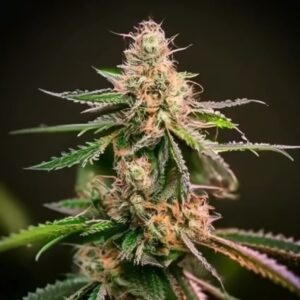


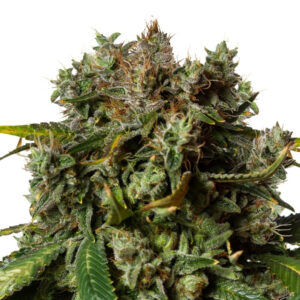

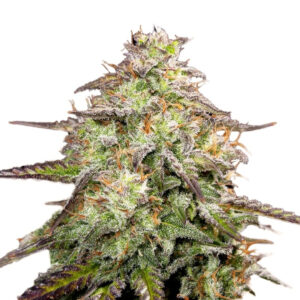
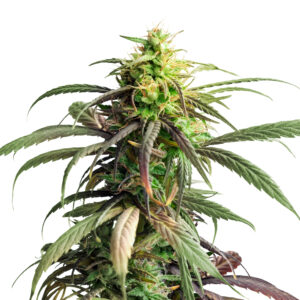






Related Posts
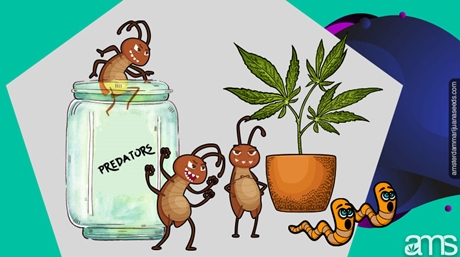
There are many different kinds of pests that can harm a grower’s garden, though leaf insects are by far one of the most annoying. Leaf miners create tunnels that drill through the center of leaves, making mines that are then exposed to the disease. Leaf miner infestations arent too serious, though, if left untreated, may drastically reduce yields. Here an explanation into what these critters actually are, as well as how to prevent them from attacking your beloved plants:

Cannabis leaves are the de facto symbol of weed, besides that they have an important role in the growth and overall development, they help promote the vital process of photosynthesis.
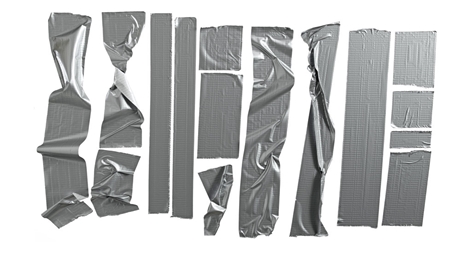
Growing cannabis can come with all kinds of problems, though broken or bent stems can definitely appear to be irreversibly damaging. However, there are many methods by which growers can actually fix their plants if either of these things were to happen. Here is a handy little guide on how to repair your cannabis plants should the worst happen: